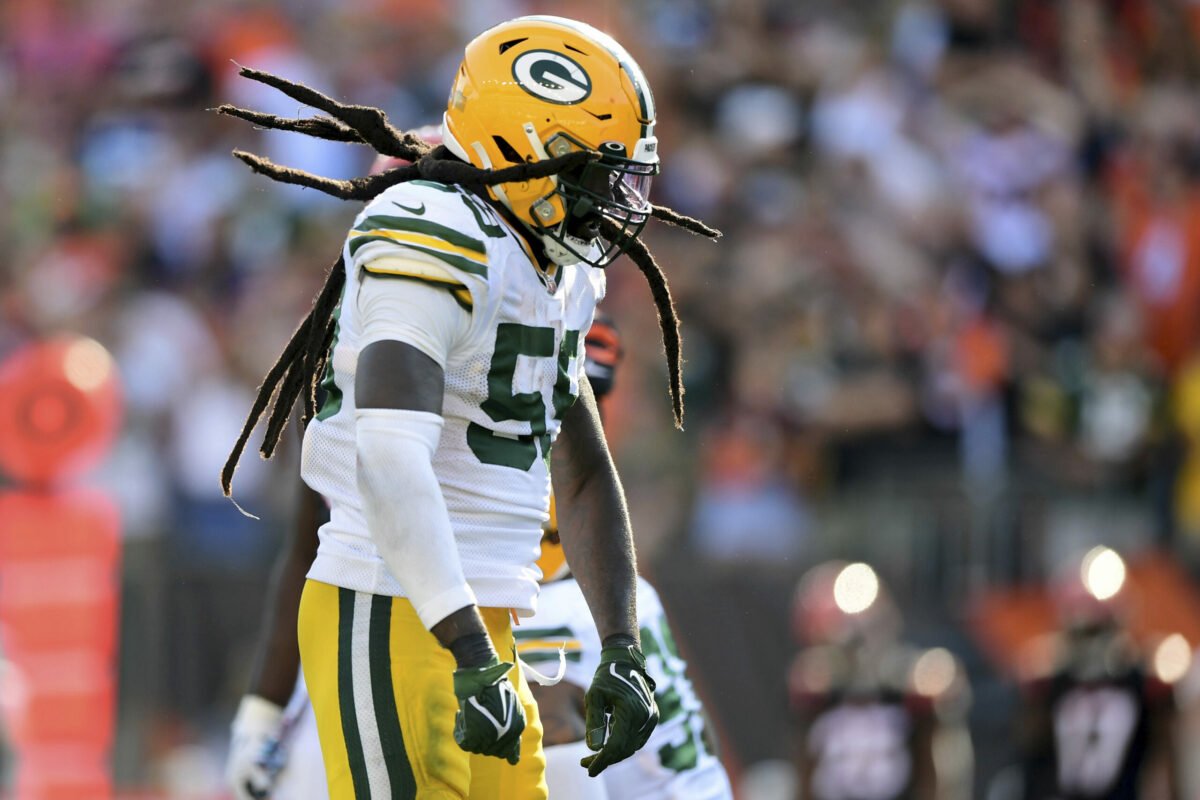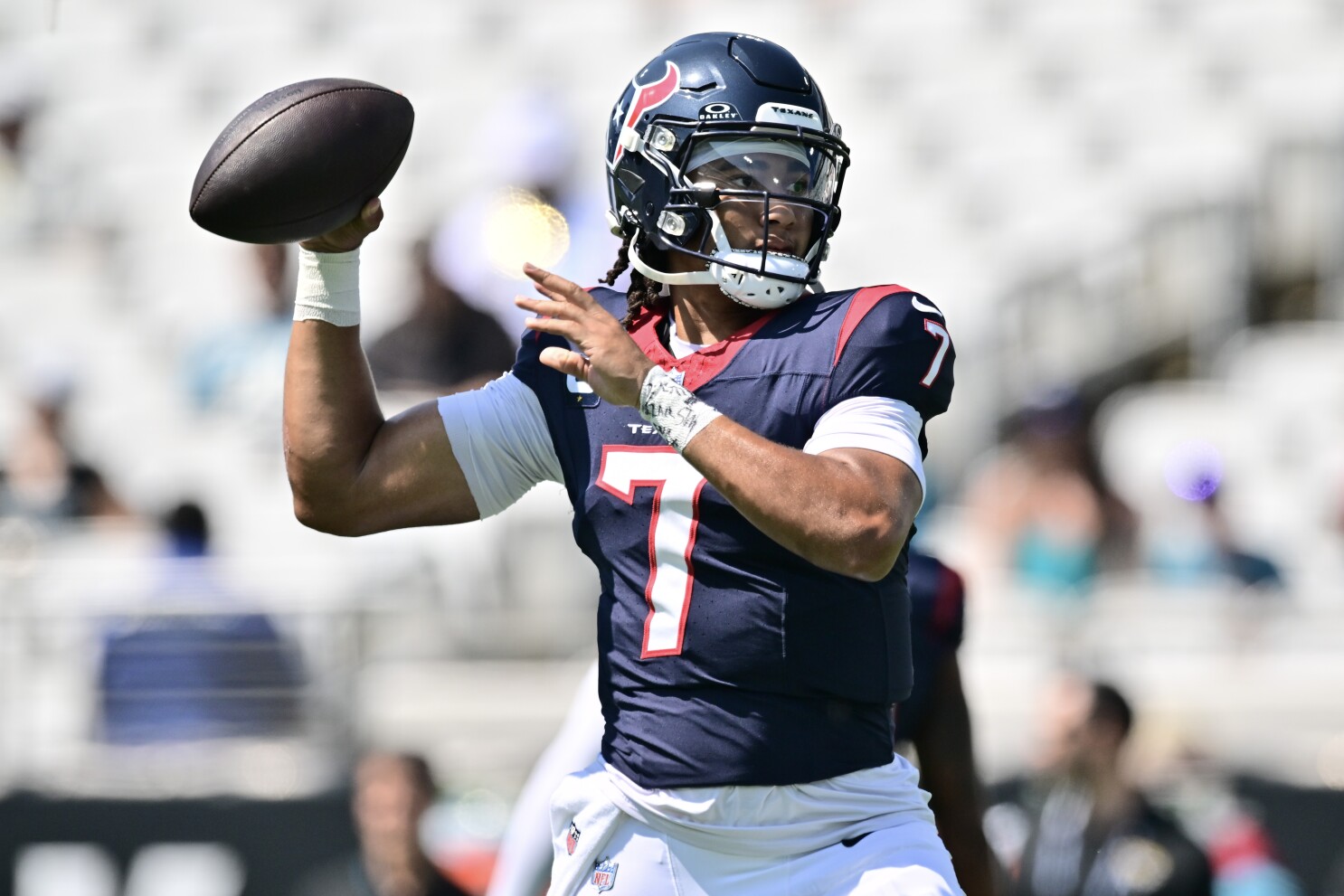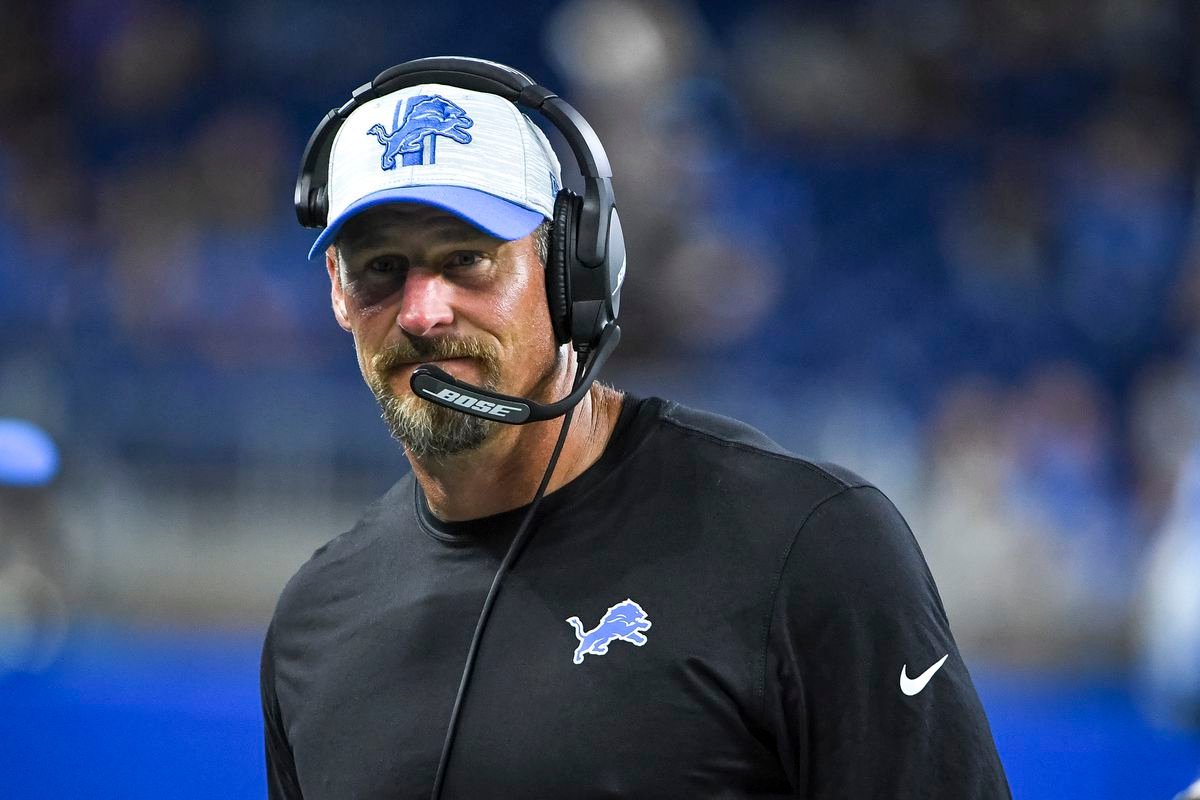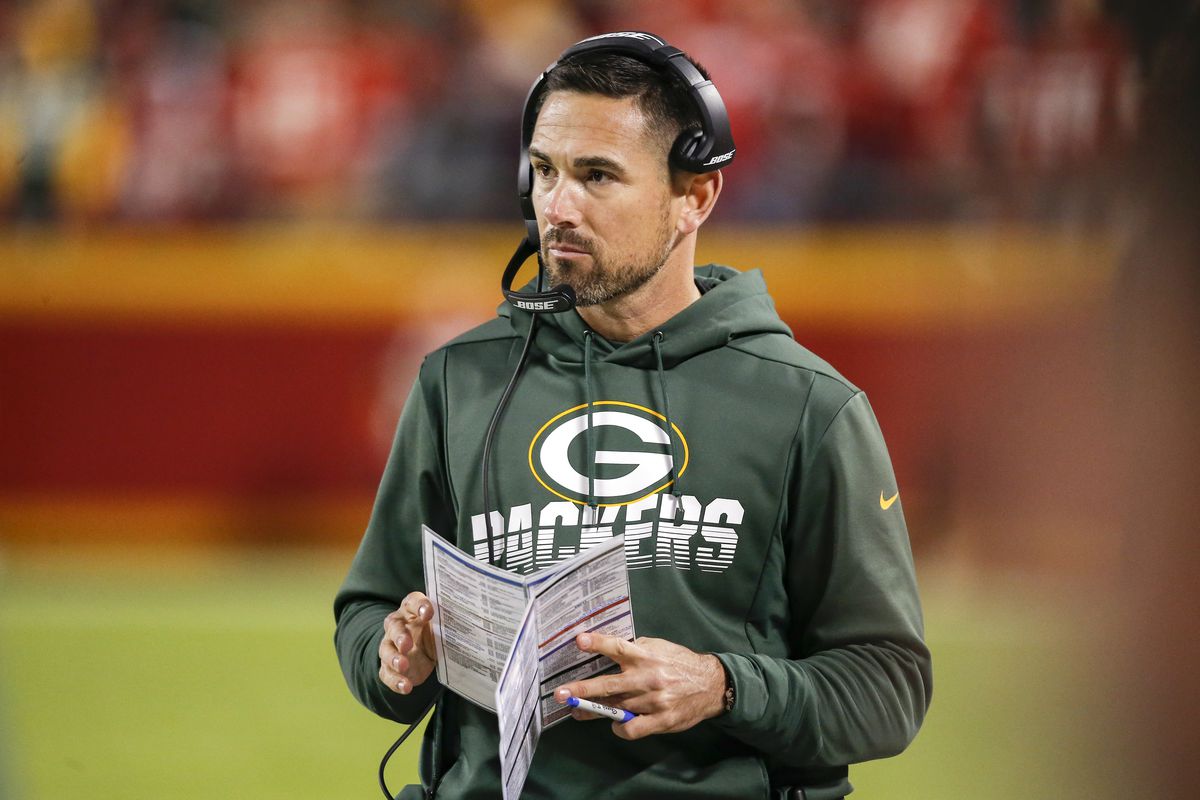The Green Bay Packers have already had an eventful offseason. However, the organization did get the news that Aaron Rodgers would return to the team on a cap-friendly deal. This news was followed by Davante Adams getting the franchise tag. While he is locked up, there are plenty of other Green Bay Packers free agents and free agency moves that must take place.
Below, we will look at the Packers’ cap space to see how much they have to spend. However, teams can now manipulate the cap to sign nearly any player they would like. We will also go over other Green Bay Packers free agency information, including their own 2022 free agents and define what each type of free agent is.
RELATED | NFL Offseason Dates: When Does Free Agency Begin?
Green Bay Packers Cap Space | NFL Free Agency
As of March 8th, the Green Bay Packers cap space doesn’t look good. They are currently $45.8 million over the cap, which ranks dead last in the NFL.
However, Aaron Rodgers has not yet signed his new contract. Currently, he has a cap hit of about $46.7 million, which should go down quite a bit. The current Packers cap space also reflects Davante Adams getting the franchise tag today. If he were to agree to a long-term extension, his cap hit would likely drop.
There are many other moves for the Packers to clear cap space. They will save roughly $15.2 million by making Za’Darius Smith a post-June 1st cut. Randall Cobb will also see his contract re-worked, as he has a $9.5 million hit.
So, in order for there to be any Green Bay Packers free agency moves, they must figure out their cap space first.
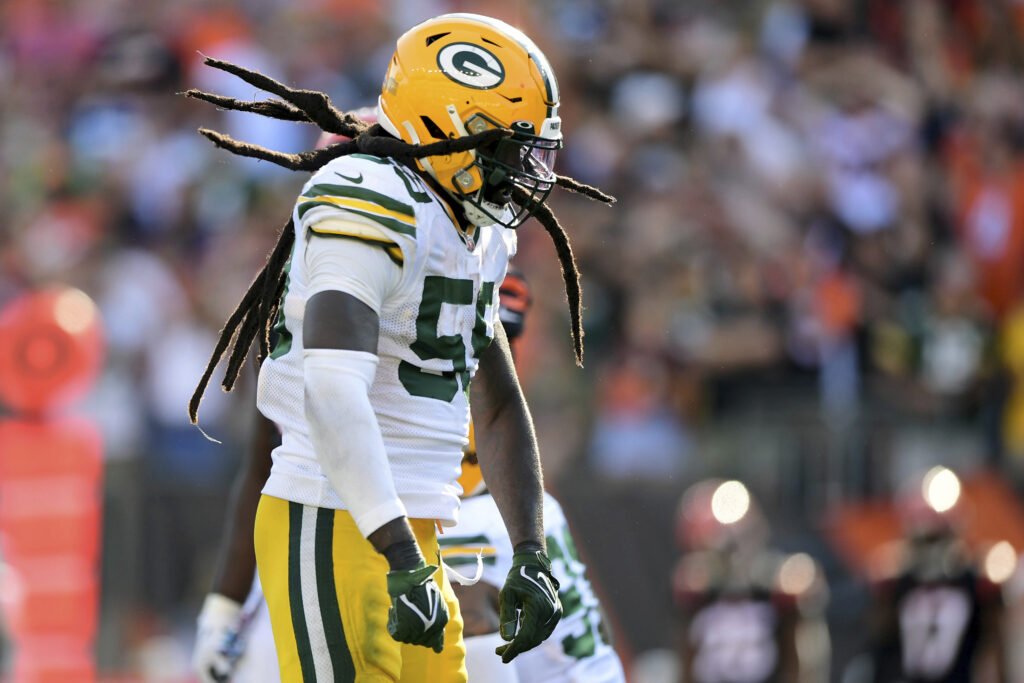
Green Bay Packers Free Agents 2022
The following are the 2022 Green Bay Packers free agents as of March 8th.
| Player | Pos | 2022 Team | Type | 2021 Snaps |
| De’Vondre Campbell | LB | UFA | 91.60% | |
| Lucas Patrick | RG | UFA | 81.60% | |
| Davante Adams | WR | Packers | Franchise | 79.40% |
| Chandon Sullivan | CB | UFA | 76.60% | |
| Allen Lazard | WR | RFA | 64.20% | |
| Rasul Douglas | CB | UFA | 63.00% | |
| Yosh Nijman | LT | RFA | 52.90% | |
| Krys Barnes | LB | ERFA | 48.80% | |
| Marquez Valdes-Scantling | WR | UFA | 40.80% | |
| Kingsley Keke | IDL | Texans | Signed | 36.40% |
| Corey Bojorquez | P | UFA | 32.30% | |
| Robert Tonyan | TE | UFA | 29.90% | |
| Tyler Lancaster | IDL | UFA | 29.60% | |
| Kevin King | CB | UFA | 28.10% | |
| Whitney Mercilus | EDGE | UFA | 27.80% | |
| Dennis Kelly | RT | UFA | 27.30% | |
| Equanimeous St. Brown | WR | UFA | 26.20% | |
| Henry Black | S | ERFA | 24.30% | |
| Oren Burks | LB | UFA | 19.00% | |
| Dominique Dafney | TE | ERFA | 15.00% | |
| Isaac Yiadom | CB | SFA | 8.80% | |
| David Moore | WR | SFA | 7.00% | |
| Chauncey Rivers | EDGE | ERFA | 5.00% | |
| Malik Taylor | WR | ERFA | 2.90% | |
| Jack Heflin | IDL | Packers | Signed | 1.60% |
| Jake Hanson | C | ERFA | 0.50% | |
| Randy Ramsey | EDGE | ERFA | 0.00% |
Defining the Type of NFL Free Agents
Unrestricted Free Agents
An unrestricted free agent (UFA) can freely talk to or sign with any team after the start of the new league year. Any player with four or more accrued seasons in the NFL can be a UFA.
The net loss and gain of UFAs for a team are used to calculate the next season’s compensatory draft picks, but no other compensation is available to a team that sees a player leave as a UFA.
Restricted Free Agents
A player must have three accrued NFL seasons to be a restricted free agent (RFA). Before the new league year begins, a team can place one of three tenders on a restricted free agent (first, second or original-round tender). Essentially, this gives the player the option to return to the team on a one-year deal.
The RFA is allowed to seek deals with other teams, but the tendering team (original team) has the opportunity to match the offer and keep them. If the tendering team doesn’t match the offer, the signing team may need to give a draft pick according to the level of tender used on the player.
Exclusive-Rights Free Agents
Exclusive-rights free agency (ERFA) is only eligible to players who have two or fewer NFL seasons accrued. Teams can use an ERFA tender to any of these players before the start of the new league year, and it stops the player from negotiating contracts with other teams. The player can sign the tender, which is a one-year deal at their position’s minimum salary, or they can negotiate for a longer extension.
Finally, RFAs or ERFAs who do not receive a tender before the league year begins become “street free agents.” Street free agents have the same rights as UFAs, but they are not counted in the compensatory pick formula.

Follow us on all of our social channels! Check out our Twitter, Facebook, YouTube and TikTok for more great FlurrySports content.

